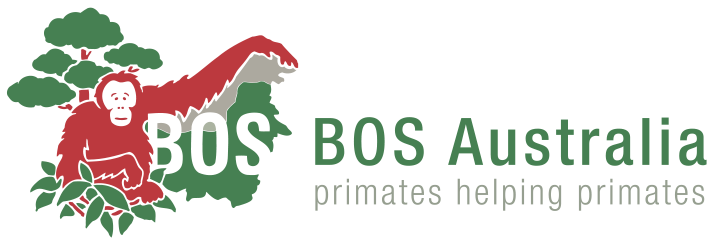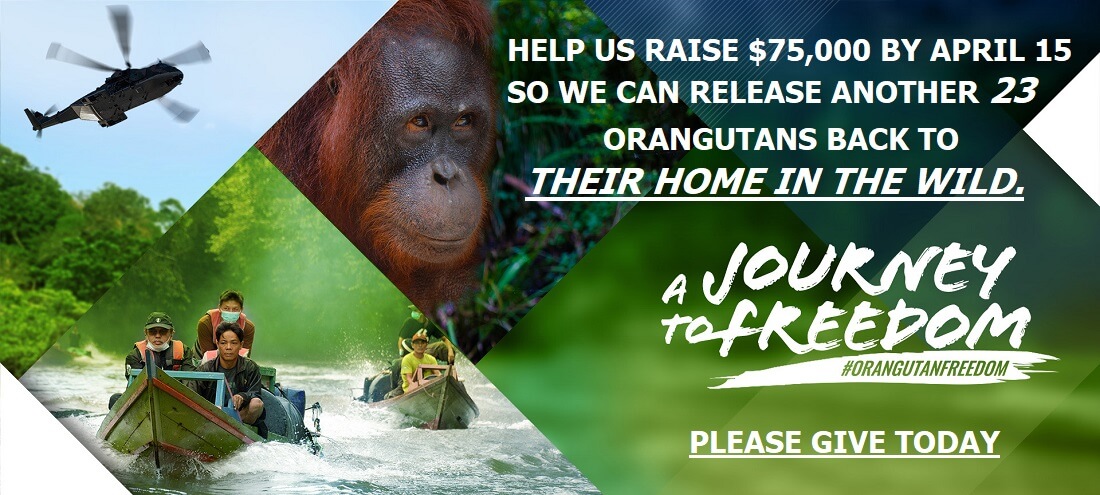IN THE SPOTLIGHT: FRANSISKA SULISTYO

We spoke with veterinarian and animal welfare specialist Dr Fransiska Sulistyo about the future of unreleasable orangutans.
Could you tell our readers a little bit about your history with BOS?
I graduated as a veterinarian in 2007 and immediately joined the BOS Foundation at the Nyaru Menteng Centre, where I worked for about five years. After that, I earned my master’s degree and returned to BOS in 2014 as the Animal Welfare Coordinator, a field I am very passionate about. Since 2018, I have been a Consultant on Veterinary and Animal Welfare.
As the Animal Welfare Coordinator, you worked with our unreleasable orangutans. Why can certain orangutans not return to the wild?
Some orangutans face challenges due to various reasons, and it would be unfair to release them. These include significant physical handicaps, such as missing multiple limbs, chronic infectious diseases, or having spent excessive time in captivity or under human care. We also have cases where the rehabilitation process didn’t go as smoothly as planned or individuals have exceeded the window of learning. There is a critical age, around 15 years, that makes it very hard for orangutans to learn new skills and adapt to a new environment, especially when they have been confined in a cage since they were five or ten years old. While they can still learn small welfare and maintenance behaviours, training an entire survival skill set is a greater challenge but not impossible.
What does life look like in our care?
We provide daily positive stimuli using enrichment items to prevent boredom. It’s not just the types of enrichment we offer but the regular introduction of new items that keeps them engaged. Therefore, routinely changing these enrichment items is critical. Additionally, we emphasise the importance of providing challenging climbing structures to promote more active movement. I particularly like using ropes for orangutans to learn that their support is not rigid like cage bars or platforms but allows them to swing around.
How do you encourage orangutans to use these structures?
We can’t expect orangutans to climb without a specific purpose, so the key is to engage their interest. For example, placing food items in hard-to-reach positions can motivate them. However, it’s important to note that living in a cage cannot truly resemble their natural habitat. And while none of us at BOS want these orangutans in cages, unfortunately, that is the situation we are in right now as we don’t have enough island space.
That’s why we are currently raising funds to help build more Sanctuary Islands. However, there will always be those who cannot live on an island. How can we ensure a bright future for them?
Sadly, some orangutans, like our blind ones, require the level of support and security that an enclosure provides. Therefore, we are designing special enclosures that will support their condition while offering the right stimuli and challenges to keep them mentally and physically active. These enclosures could be, for example, dome-shaped and filled with structures that allow them to climb easily. Our goal is to provide our unreleasable orangutans with the highest quality of life in captive care and eventually get them out of their cages into a safe environment as natural as possible. Just like our healthy orangutans, they deserve a happy and dignified future.





